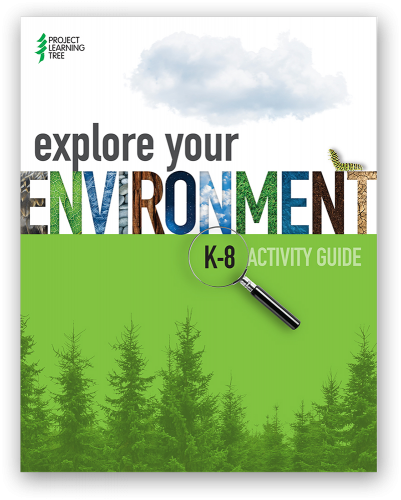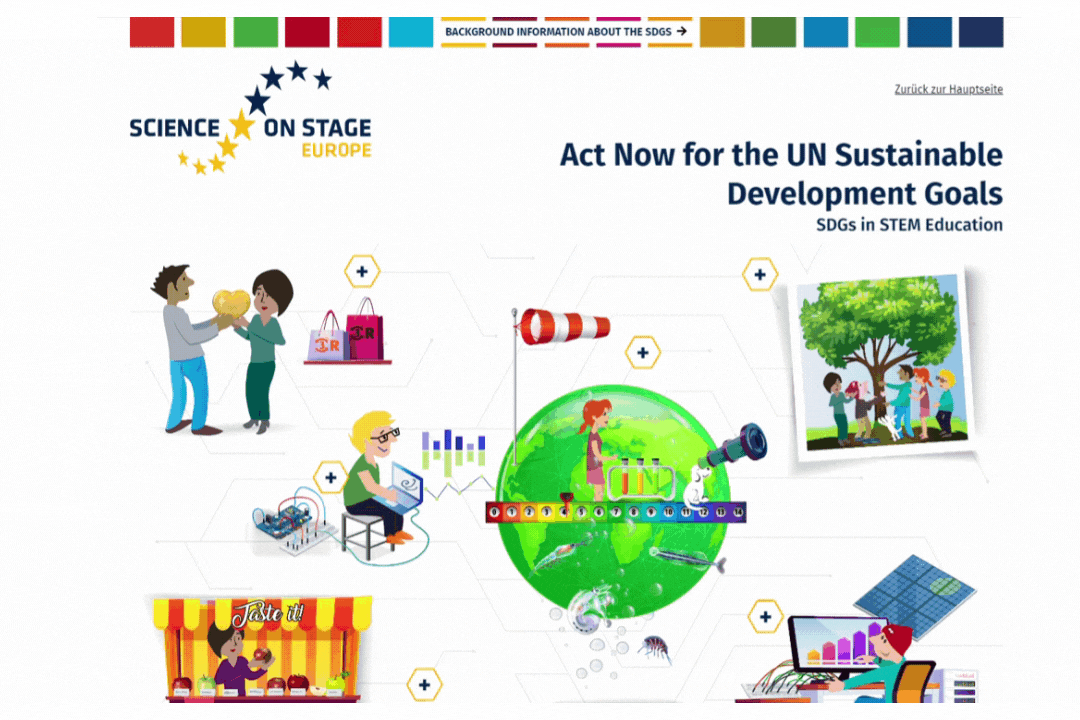New Advice On Deciding On Italian Primary Teaching Didactics
Wiki Article
What Textbooks, Workbooks, And Other Books Are Required For Italian Kindergartens?
Italian preschools are generally focused on providing a learning environment based around play and don't often use traditional textbooks. The books that are utilized in Italian nursery schools could still be very useful for encouraging reading and assisting the language development of children. There are several kinds of books that are suitable for Italian kindergartens Pictures Books. These books help children to use their imagination, expand their vocabulary, and enjoy reading. They are illustrated with vibrant colors and simple text.
Board books - These books have thick pages, intended for children who might not be able to handle books. They are ideal to introduce children to a variety of topics, including colors, shapes, animals and even numbers.
Nursery rhymes and songs Nursery rhymes and songs are an an important part of early childhood development and can aid children in developing language skills, memory, as well as social skills. Italian nursery schools might utilize nursery rhymes and song books in their everyday activities and during time for circle.
A book about diversity and inclusion: Children need to be taught about diversity and inclusion at an very early age. Children can learn empathy, tolerance and respect when they read stories that feature characters from different backgrounds as well as different cultures and abilities.
Italian language books: Italian preschools may use Italian-language books to aid their children in developing their language skills as well as learn the Italian language. They could include simple stories, pictures and books that include Italian nursery rhymes, or songs.
The books you choose to read with your children should be age-appropriate engaging, informative and appropriate to their culture. Teachers and caregivers can also use books to spark the children's interest and motivate them to look into different subjects and subjects. See the recommended materiale didattico italiano for more info.

What Mathematics Teaching Materials And Educational Tools Are Recommended In Italian Nurseries
The use of mathematics-related teaching materials in Italian nurseries can enhance the spatial, numerical and problem-solving abilities of infants and toddlers. Here are some examples of materials that are recommended: Counting manipulatives: Counting manipulatives such as counting bears, blocks and beads are a great way for children to improve their skills at counting, along with their fine motor abilities and hand-eye coordination.
Charts and numbers: Number cards and charts can be used to introduce children to counting and numbers. These can be large, colorful numbers that are placed on the walls or smaller ones that children can carry.
Shape manipulatives Shape manipulatives like wood puzzles, magnetic tiles, and pattern blocks can assist children improve their spatial thinking abilities and gain knowledge about various shapes and their properties.
Measuring tool: Measuring and comparing tools, like rulers, measuring tools and scales, could help kids to build and expand their math vocabulary.
Simple games: Games and puzzles such as dominoes, matching, and jigsaws help build problem-solving and focus skills in children.
Technology-based aids: Technology technology-based aids such as tablets loaded with math games or apps that can be educational, can inspire and engage children. They also provide additional resources to help them learn.
It is essential to use these materials according to their developmental stage and ensure they are safe and appropriate for young kids. Teachers and caregivers can to utilize these tools to develop fun, interactive math exercises which encourage curiosity and enthusiasm for learning. Read the top rated sostegno matematica for more advice.

What Science Teaching Materials Are Required In Italian Nurseries?
The support for science-related materials at Italian nurseries can be very beneficial for young children when they are exploring and learning about the world. Here are some examples where science teaching materials may be required curriculum and lesson plans A well-planned lesson program that incorporates scientific concepts can make sure that youngsters are exposed to and taught a variety of scientific concepts.
Manipulatives (and visual aids): Manipulatives, such as magnifying spectacles, nature specimens, simple science experiments kits, and charts and posters, could aid in teaching children about scientific concepts using a hands-on, visual method.
Books and videos Videos and books that focus on science topics such as animals or plants, weather and space can help inspire children and offer additional resources for learning.
Learning spaces outdoors. Children can explore the natural world in gardens, playgrounds as well as other outdoor learning spaces.
Parental involvement: Engaging the parents in science education can aid in the reinforcement of concepts taught in the nursery. This also promotes family involvement.
Assessment tools. Teachers and parents can make use of these tools to track their children's progress, and to determine areas in needing extra support.
It is essential that teaching materials can be used by kids of all different ages. Teachers and caregivers can to use these materials in order to create exciting, interactive science projects for kids that encourage their curiosity and passion for education. Follow the recommended schede didattiche scienze sostegno for blog examples.

What Kind Of Geography Materials Should Be Used In Italian Kindergartens?
Italian nurseries can provide children with geography teaching material that can aid them in developing a greater understanding of their surroundings and help them learn about other cultures and environments. Here are a few examples of potential geography teaching resources: Maps. A map can be used to help children understand geography, including the geographical features of different regions and countries.
Globes: Globes let children to discover the oceans, continents, and other aspects of the Earth.
Videos and pictures: Pictures and videos of diverse places and cultures can help children learn about the global diversity and build a love for different ways of life.
Books: Age appropriate books that feature various cultures and places will aid in fostering children's curiosity about the world of geography.
Natural materials: Natural substances like shells, rocks, and plants can help children understand different environments and ecosystems.
Field trips: A field trips to local parks museums, zoos, or Zoos offer children a hands-on experience and an opportunity to learn geography in a realistic context.
It is crucial to select the right geography resources that are suitable for both a child's and a parent's age. These materials allow teachers and caregivers create engaging and interactive activities to promote the love of learning among children and curiosity.
